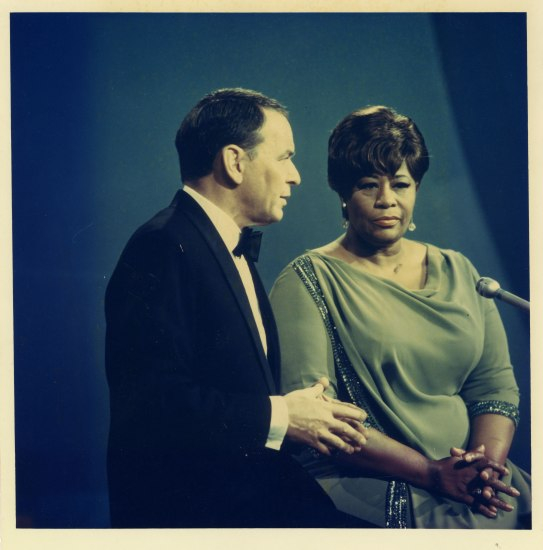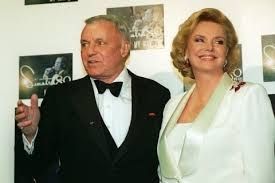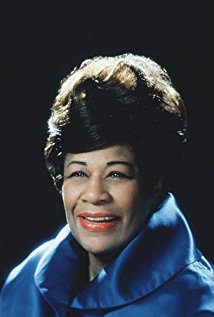Ella Fitzgerald and Frank Sinatra
A photo of Ella Fitzgerald
Date & Place:
Not specified or unknown.


 Amanda S. Stevenson
Amanda S. Stevenson 



